Melbourne industrial conversion makes for craft-rich family home
Craft, history and nature define Stockroom, a complex designed by Architects EAT in Fitzroy, Melbourne; a masterfully industrial conversion reimagined as a family home
Derek Swalwell - Photography
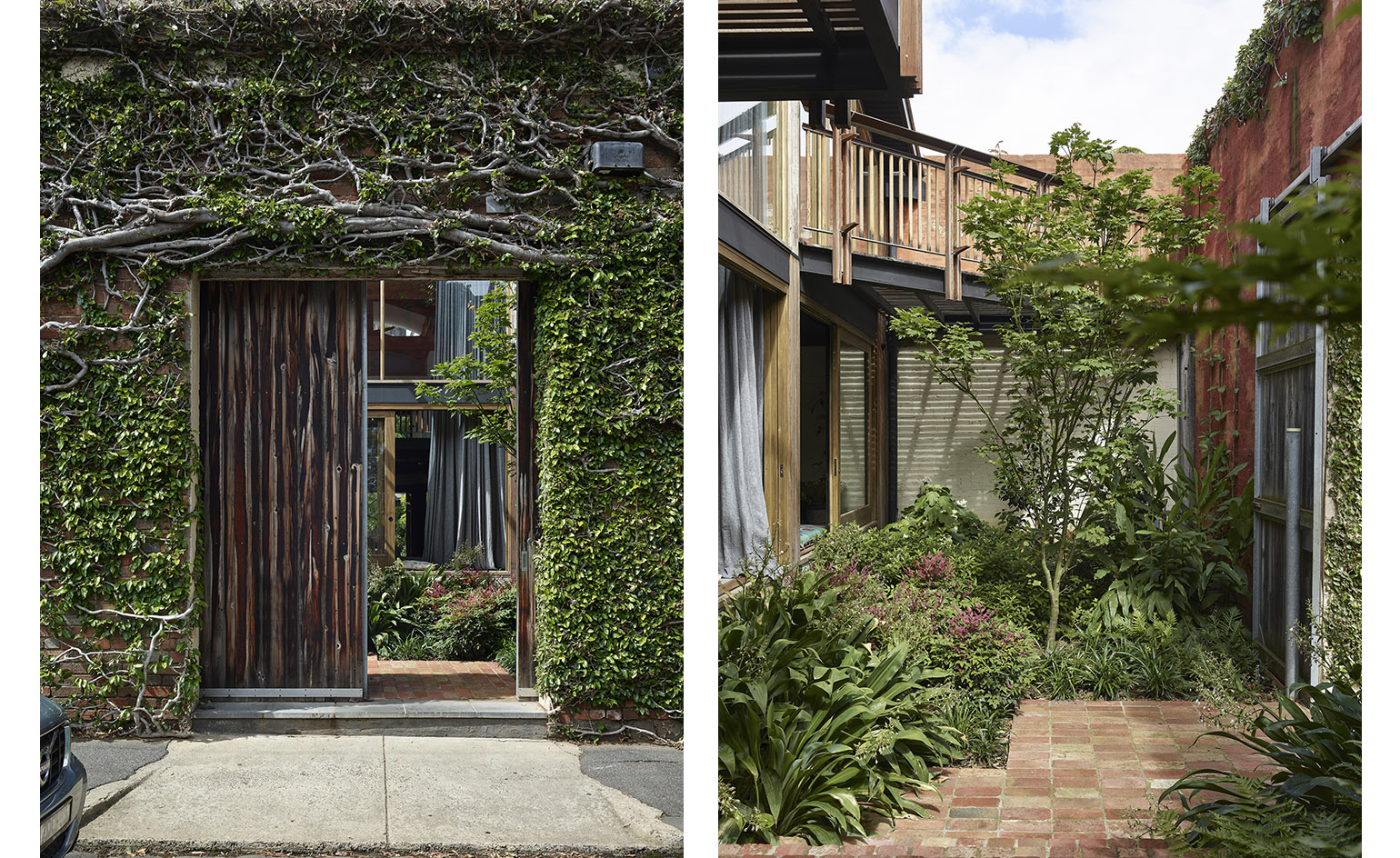
Craft, history and nature are at the core of this intruiging industrial conversion in the inner city suburb of Fitzroy in Melbourne. Designed by Architects EAT, headed by Eid Goh and Albert Mo, the home comprises a masterfully converted old warehouse and adjacent workers’ cottage that have been transformed into a modern, domestic space, all behind a green-covered, tall brick wall.
Fittingly named Stockroom, the house keeps its original industrial shell, reading from the outside as a warehouse and small cottage building with a courtyard and small patios engulfed in greenery. The interior, however, was completely redesigned. ‘[It] is anecdotally influenced by Venetian and Brazilian modernism, perhaps due to travel to these locations,’ say the architects.

Indeed, the main circulation spine of the complex, was treated by the team as a Venetian via, offering routes through spaces and views across the interior and out towards the courtyards, rich with vegetation and climbing planting. This feeling of history and patina is enhanced by the maintaining of original exteriors and the boundary brick wall, which was left exposed.
The main warehouse building hosts the open-plan living space on the ground level, with the childrens’ sleeping area upstairs. Meanwhile, the parents’ quarters sit in the cottage section, within a separate master suite.
Old meets new everywhere, but the overall feeling is that this is a home that has always been there. Tactile materials, natural colours and surfaces come together in a whole that invites the touch and feels comfortable and welcoming. A concrete core at the centre of the warehouse houses the staircase that leads up to the timber-balustraded upper level. The same core also cleverly extends to form and support other functions around it, including the utility spaces, such as the laundry, bathrooms and storage.
Existing materials and the nature around the site played a key role in the overall palette of this industrial conversion, explain the team: ‘Elaborately detailed balustrades are testimony of the skill of the carpenter and wood turner, while materially referencing the 150-year-old oregon timber trusses overhead, and paying homage to the loved lemon scented gum tree in the back garden.'
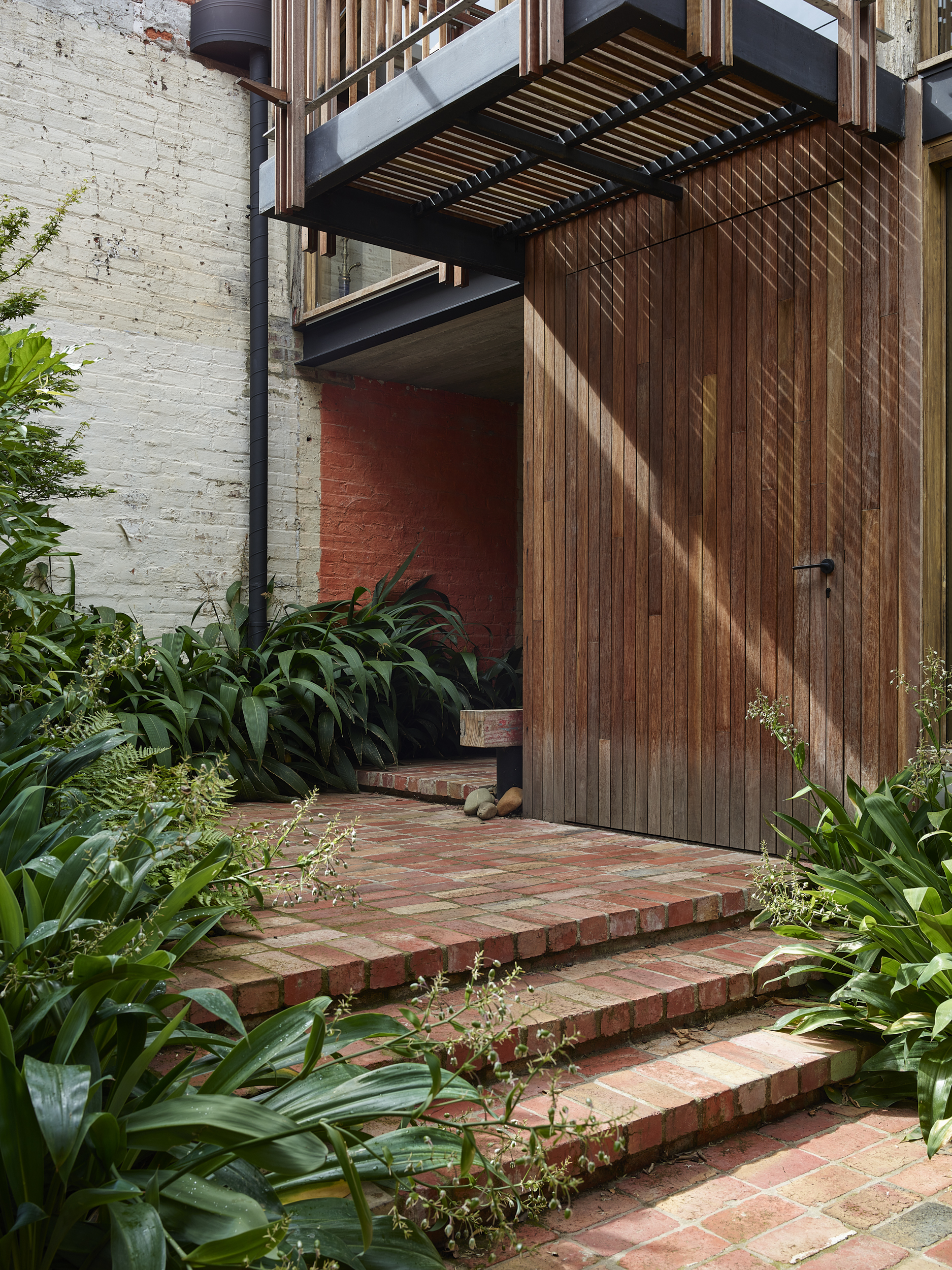
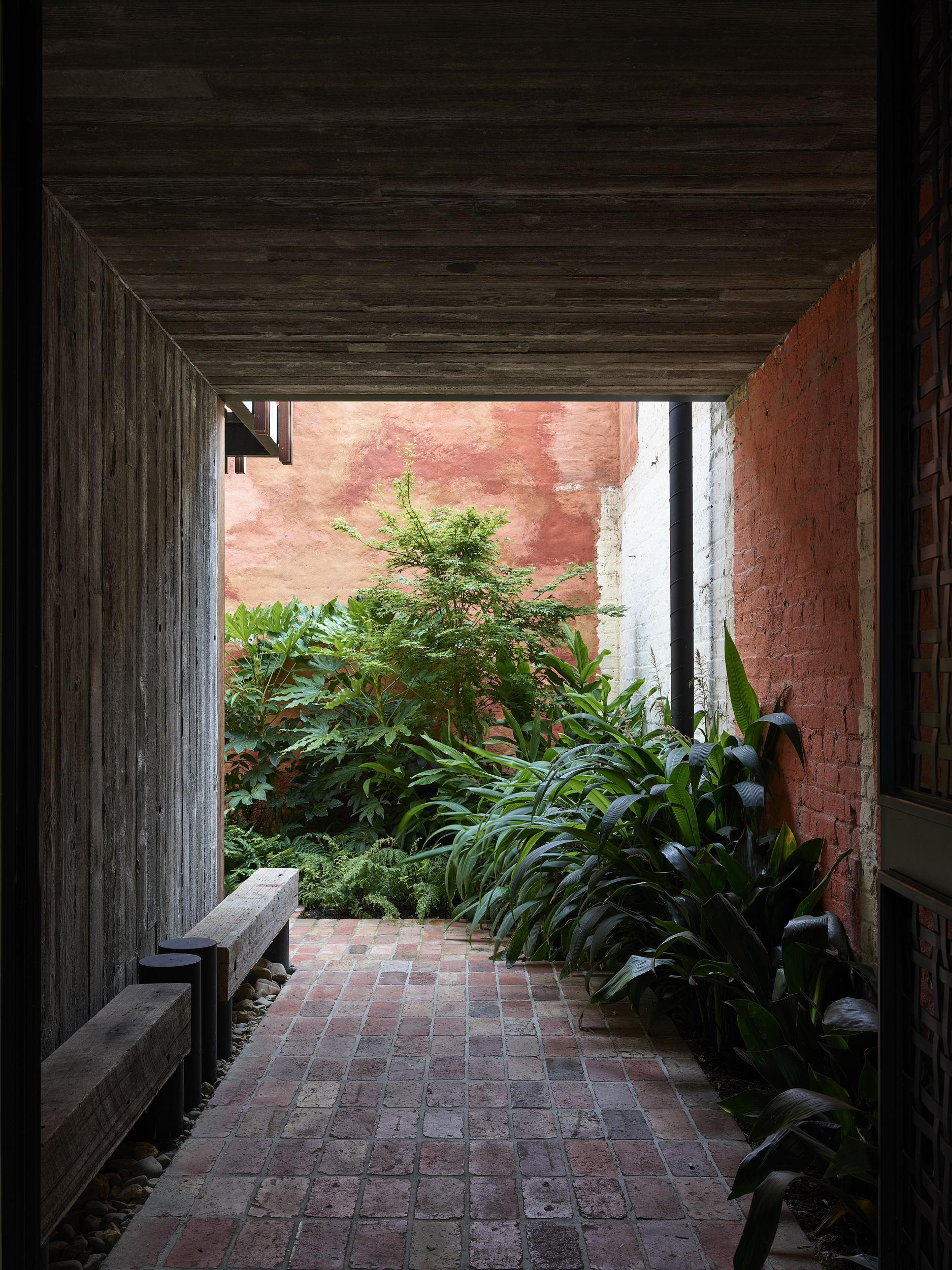
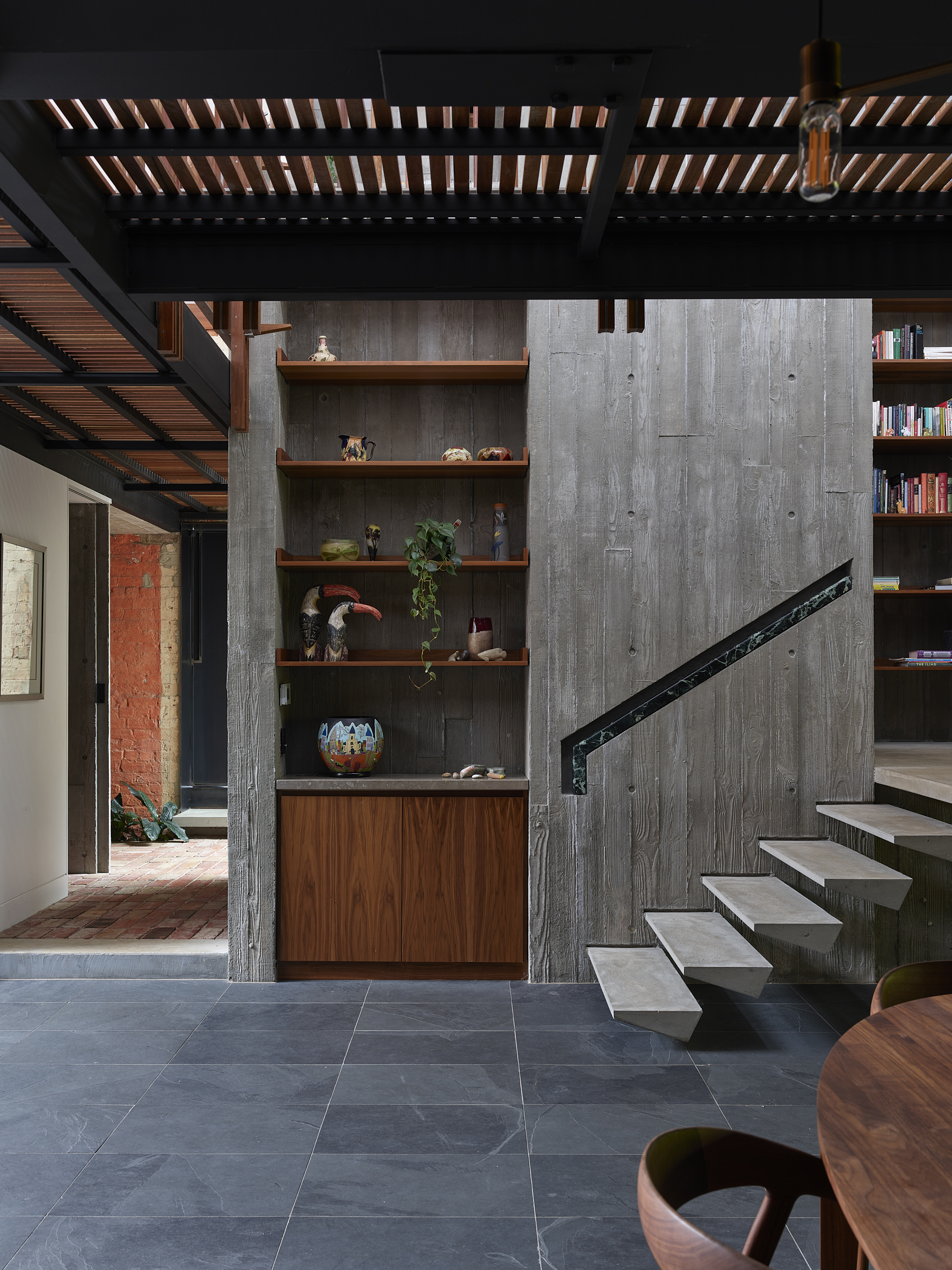


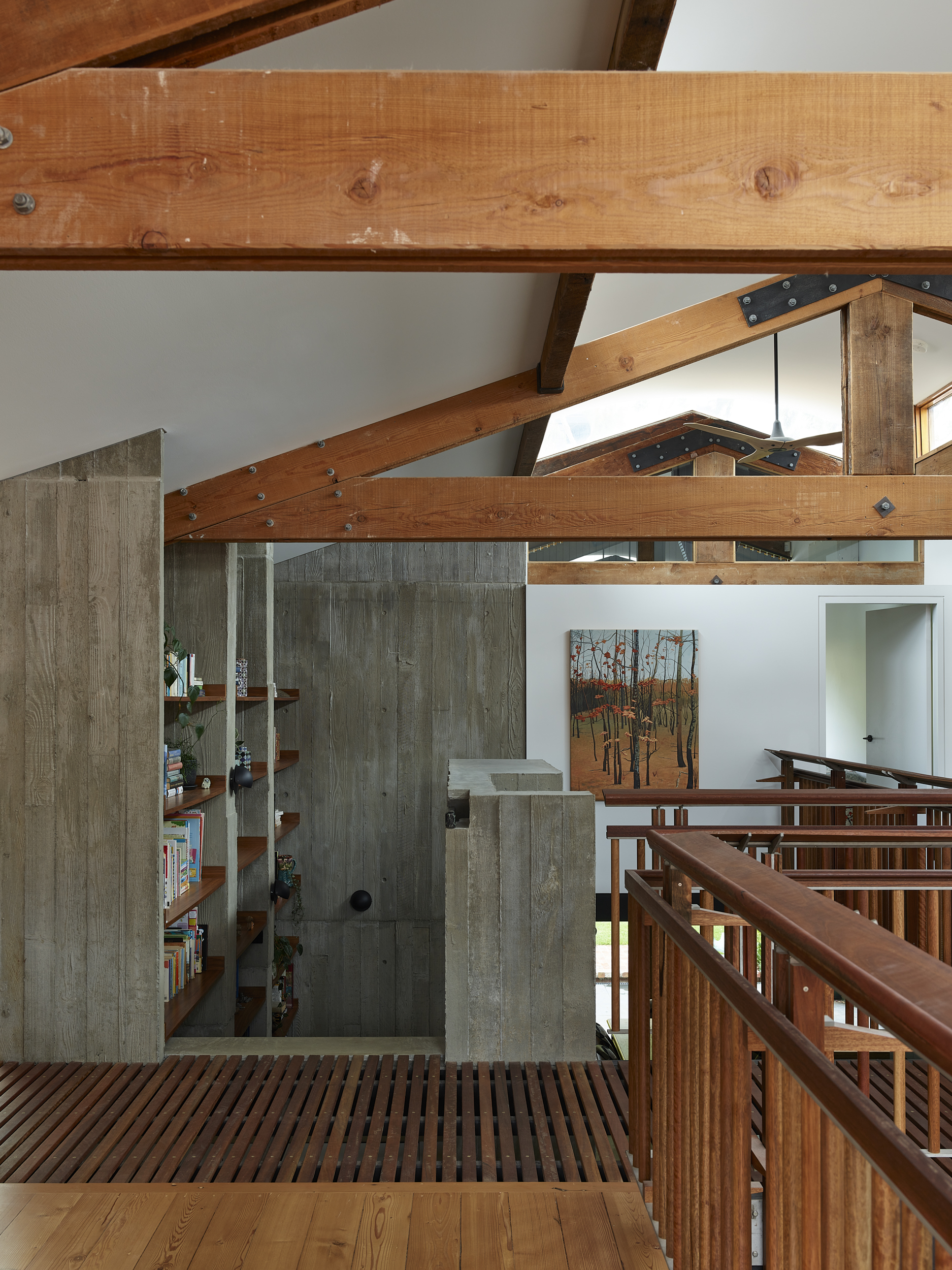

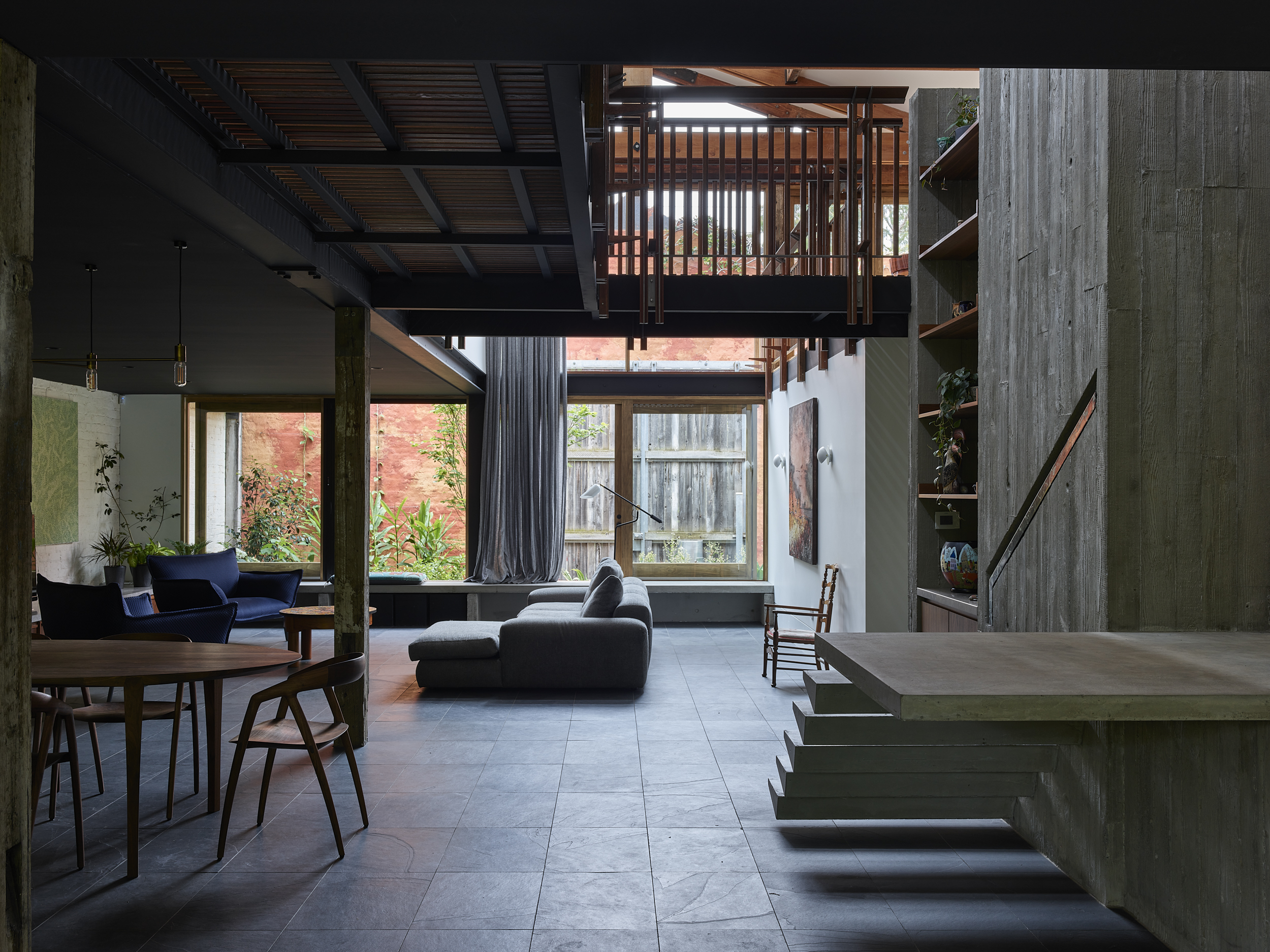

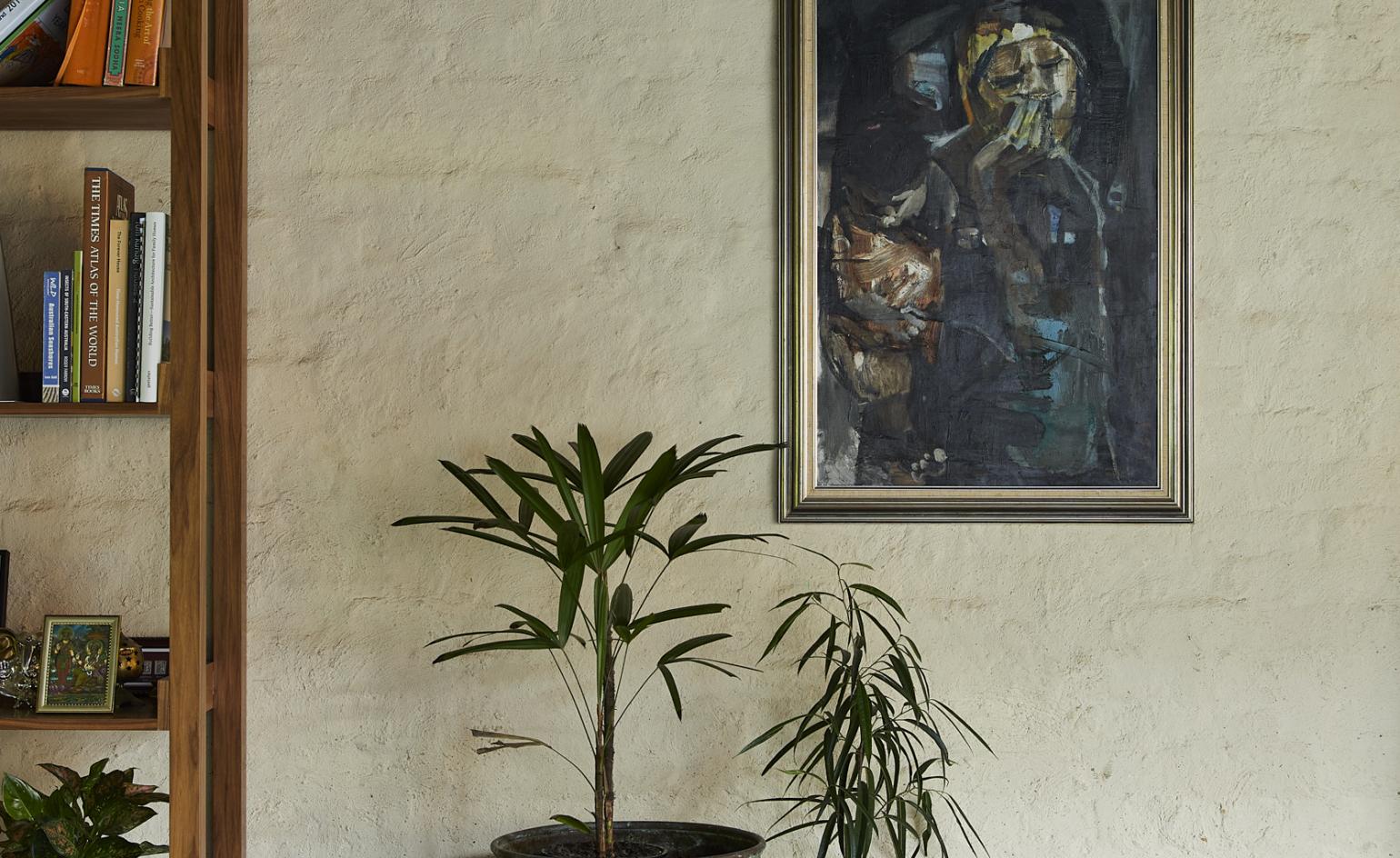
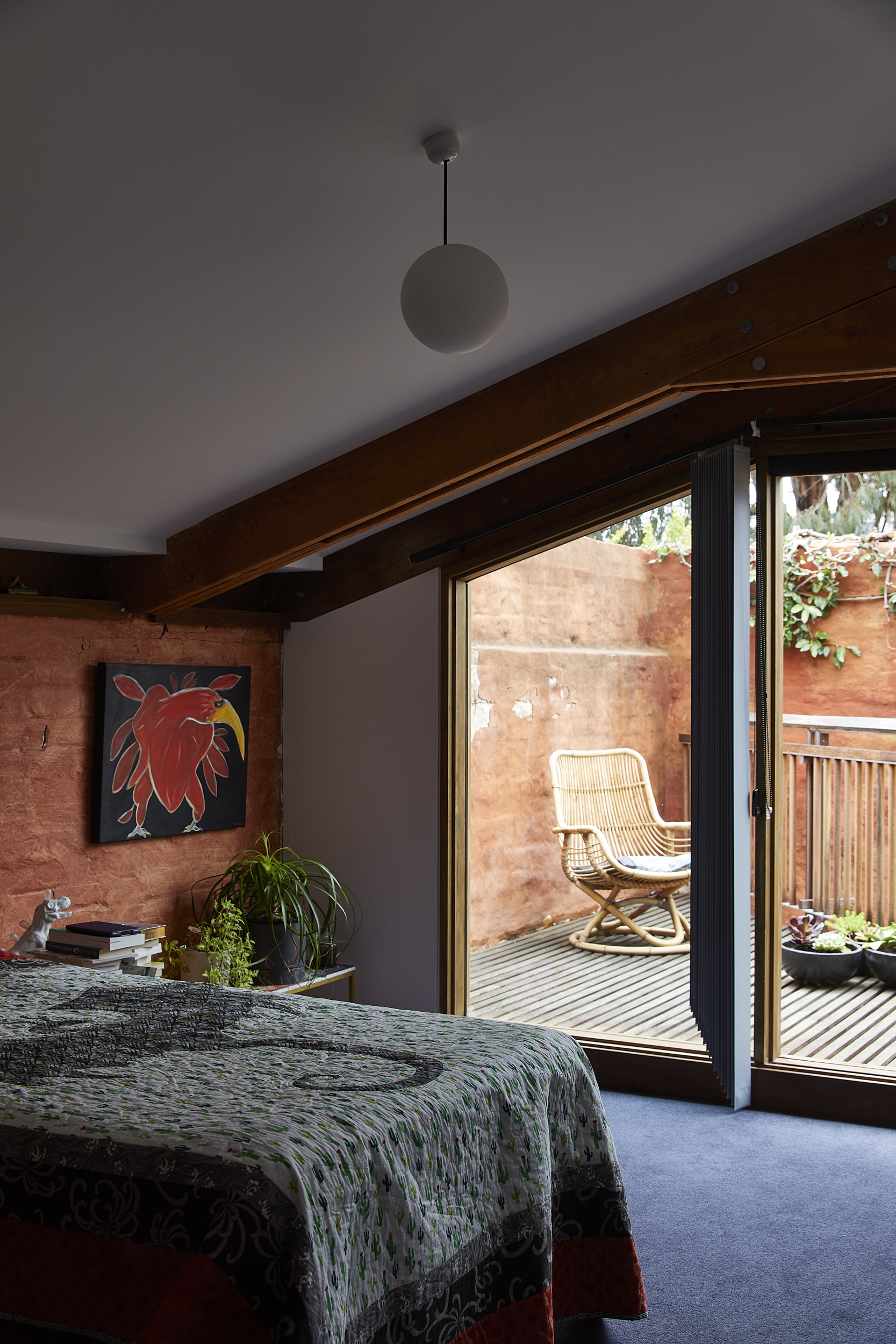
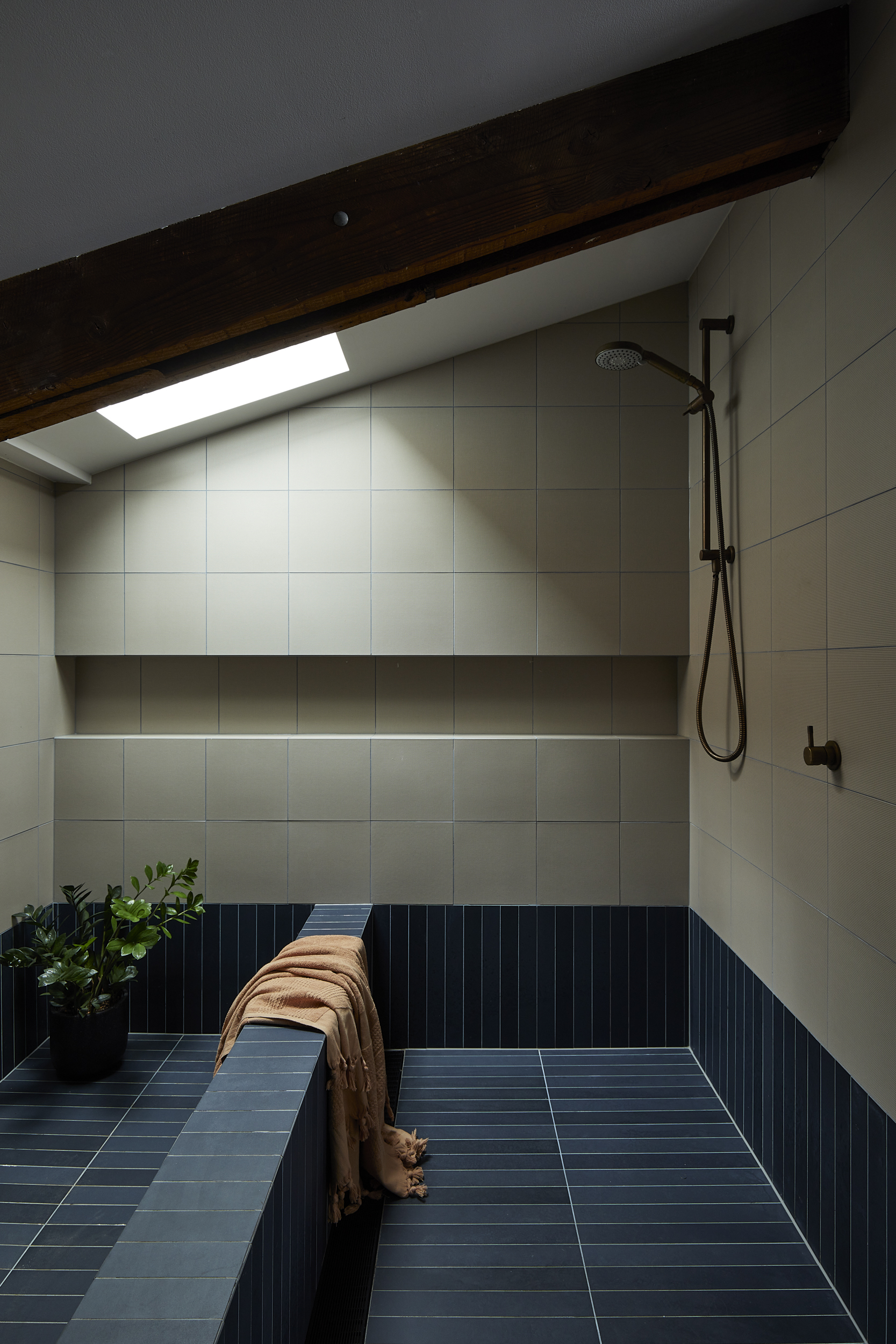
INFORMATION
eatas.com.au
Receive our daily digest of inspiration, escapism and design stories from around the world direct to your inbox.
Ellie Stathaki is the Architecture & Environment Director at Wallpaper*. She trained as an architect at the Aristotle University of Thessaloniki in Greece and studied architectural history at the Bartlett in London. Now an established journalist, she has been a member of the Wallpaper* team since 2006, visiting buildings across the globe and interviewing leading architects such as Tadao Ando and Rem Koolhaas. Ellie has also taken part in judging panels, moderated events, curated shows and contributed in books, such as The Contemporary House (Thames & Hudson, 2018), Glenn Sestig Architecture Diary (2020) and House London (2022).
-
 Year in review: the shape of mobility to come in our list of the top 10 concept cars of 2025
Year in review: the shape of mobility to come in our list of the top 10 concept cars of 2025Concept cars remain hugely popular ways to stoke interest in innovation and future forms. Here are our ten best conceptual visions from 2025
-
 These Guadalajara architects mix modernism with traditional local materials and craft
These Guadalajara architects mix modernism with traditional local materials and craftGuadalajara architects Laura Barba and Luis Aurelio of Barbapiña Arquitectos design drawing on the past to imagine the future
-
 Robert Therrien's largest-ever museum show in Los Angeles is enduringly appealing
Robert Therrien's largest-ever museum show in Los Angeles is enduringly appealing'This is a Story' at The Broad unites 120 of Robert Therrien's sculptures, paintings and works on paper
-
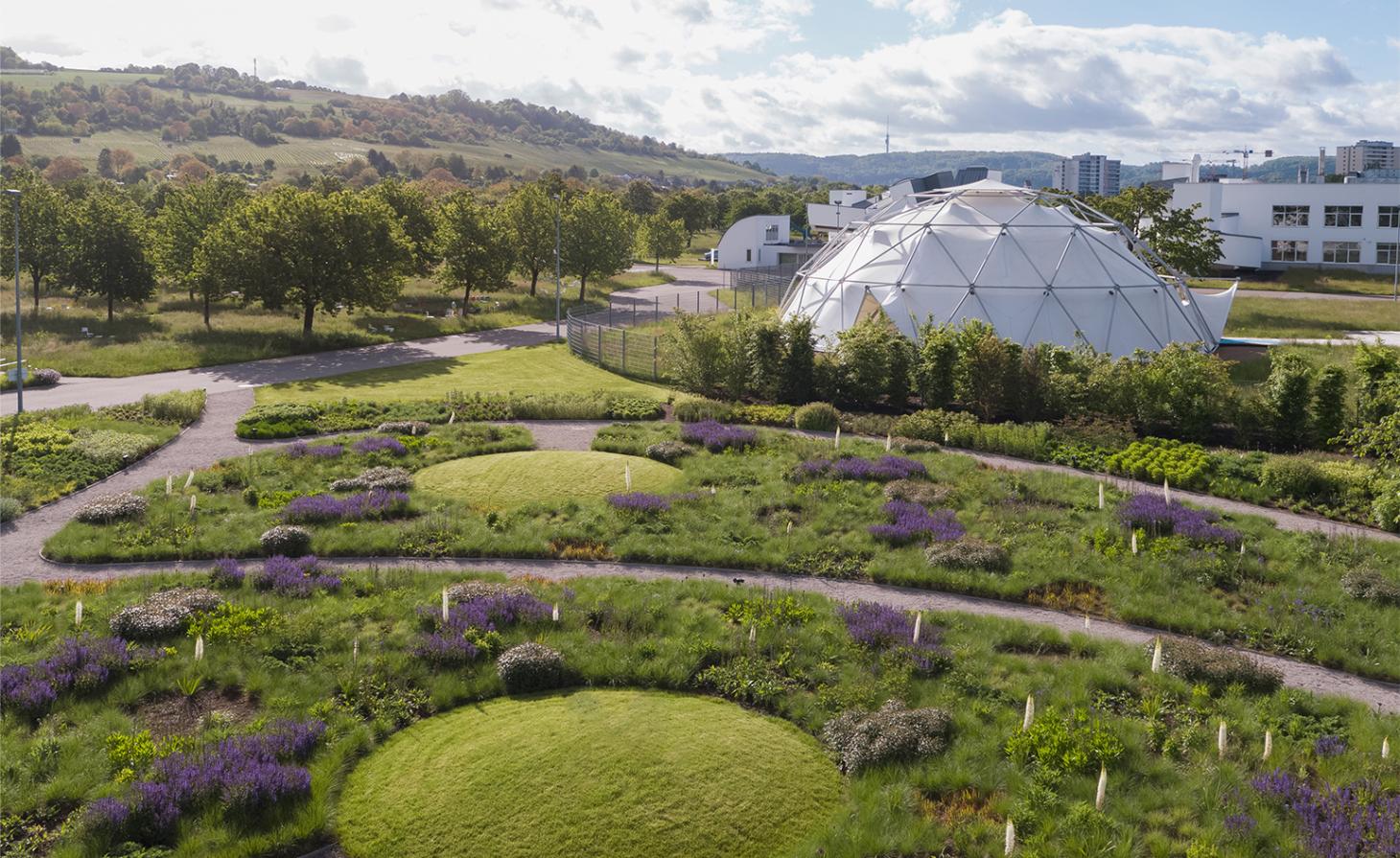 Piet Oudolf is the world’s meadow-garden master: tour his most soul-soothing outdoor spaces
Piet Oudolf is the world’s meadow-garden master: tour his most soul-soothing outdoor spacesPiet Oudolf is one of the most impactful contemporary masters of landscape and garden design; explore our ultimate guide to his work
-
 The Architecture Edit: Wallpaper’s houses of the month
The Architecture Edit: Wallpaper’s houses of the monthFrom wineries-turned-music studios to fire-resistant holiday homes, these are the properties that have most impressed the Wallpaper* editors this month
-
 An Australian holiday home is designed as a bushfire-proof sanctuary
An Australian holiday home is designed as a bushfire-proof sanctuary‘Amongst the Eucalypts’ by Jason Gibney Design Workshop (JGDW) rethinks life – and architecture – in fire-prone landscapes, creating a minimalist holiday home that’s meant to last
-
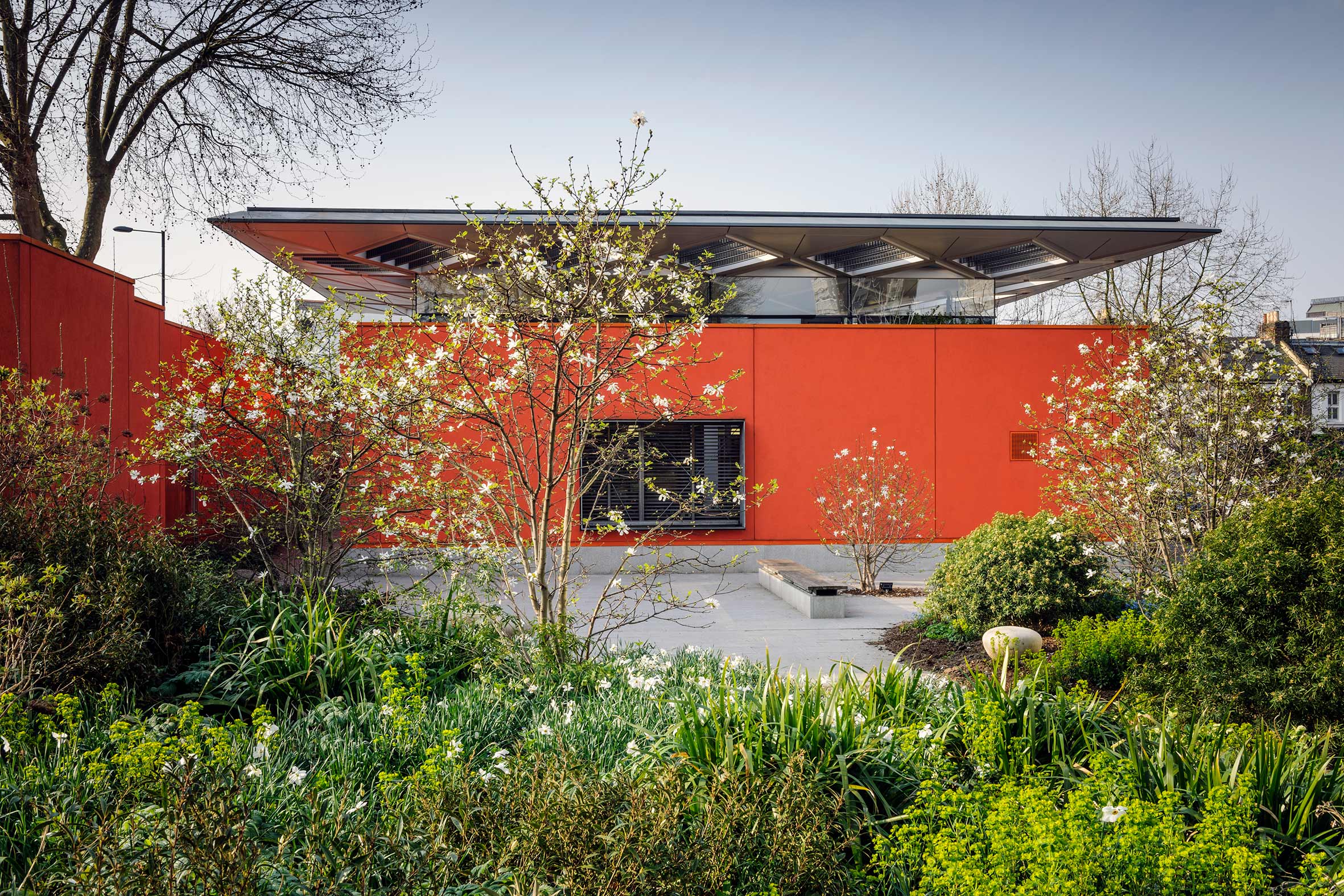 How Maggie’s is redefining cancer care through gardens designed for healing, soothing and liberating
How Maggie’s is redefining cancer care through gardens designed for healing, soothing and liberatingCancer support charity Maggie’s has worked with some of garden design’s most celebrated figures; as it turns 30 next year, advancing upon its goal of ‘30 centres by 30’, we look at the integral role Maggie’s gardens play in nurturing and supporting its users
-
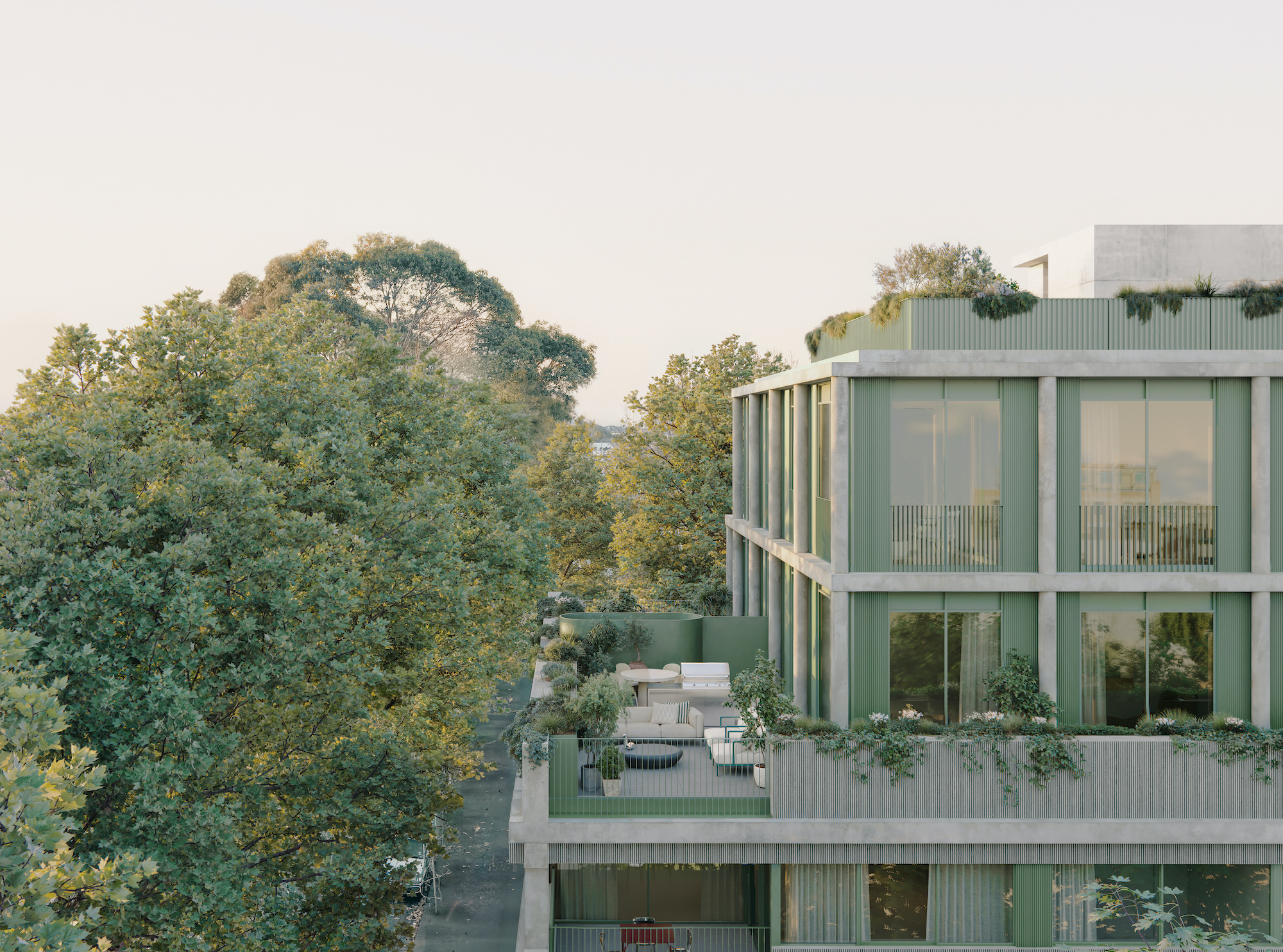 Neometro is the Australian developer creating homes its founders ‘would be happy living in’
Neometro is the Australian developer creating homes its founders ‘would be happy living in’The company has spent 40 years challenging industry norms, building design-focused apartment buildings and townhouses; a new book shares its stories and lessons learned
-
 Honouring visionary landscape architect Kongjian Yu (1963-2025)
Honouring visionary landscape architect Kongjian Yu (1963-2025)Kongjian Yu, the renowned landscape architect and founder of Turenscape, has died; we honour the multi-award-winning creative’s life and work
-
 ‘Landscape architecture is the queen of science’: Emanuele Coccia in conversation with Bas Smets
‘Landscape architecture is the queen of science’: Emanuele Coccia in conversation with Bas SmetsItalian philosopher Emanuele Coccia meets Belgian landscape architect Bas Smets to discuss nature, cities and ‘biospheric thinking’
-
 Explore the landscape of the future with Bas Smets
Explore the landscape of the future with Bas SmetsLandscape architect Bas Smets on the art, philosophy and science of his pioneering approach: ‘a site is not in a state of “being”, but in a constant state of “becoming”’